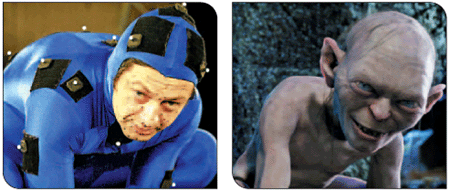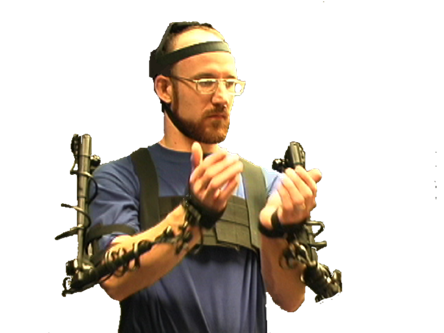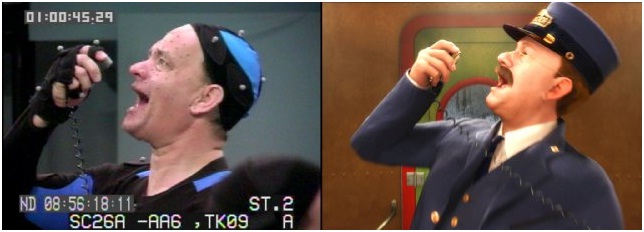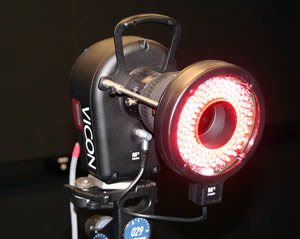A more detailed explanation of the MoCap technology and its uses
MoCap (short for Motion Capture) is a process that records the movement of objects or people and transfer it to a digital model. It is a technology that has gained force in the last years specially in some industries like filmmaking and videogame development because it translates the real movement to an animated model very faithfully.
The advantages of MoCap are uncountable. It can translate complex movements (such as dancing, sports movements etc.) very precisely; it reduces the cost and time of traditional animation, leaving more time to post production instead of study of the physics and mechanics of the model; combined with open source third party apps it has unlimited possibilities. However, this technology has some limitations. Perhaps the main one is the need of specialized hardware (camera, sensors) that usually are expensive. The data generated by the cameras are hard to manipulate, so most of the times it is easier to reshoot the scene instead of trying to change the result.
There are several techniques and methods in Motion Capture, but in this post I will explain better the three most commons nowadays: Magnetic; Mechanical; and Optical.
-
Magnetic:
To record a person using this method, a person needs to wear a series of receiver that track the location of the user in the space. The values obtained are absolute, and so are the rotations performed. However, it can be interfered by electromagnetic fields. In cases when the recording is performed in a concrete ground, a stage needs to be built on top of it because the metal contained in the floor can interfere in the data collection, that tends to be very noisy.
-
Mechanical:
In this technique, the person uses a suit (similar to an exoskeleton) that has sensors in specific parts of the body, like the joints, that transmits the data to a computer when the user moves with the suit. Although is is free of light and magnetic interference, this method of MoCap has no awareness of the ground, so it is hard to record movements like jumping. Also the suit is very uncomfortable and limits the movements the user can perform.
-
Optical:
Usually the person recorded uses reflected dots that are tracked by a series of cameras and triangulated in space. These dots are either reflective of infra-red emissive. This technique allows more freedom in the movement of the performer, creating a more realistic model. Also the data generated is very clean and requires less editing. Light, however, can interfere in the capture of the movement, and other performers or objects can block the recording. Although it does not use the dots for capture, the Kinect uses the optical process to MoCap. In this case, the hardware identifies key parts of the body and the face and triangulates the position in space thanks to its depth sensor.
Sources:
One very interesting source I found was in the MIT communications forum website that explain better how the Motion Capture works and its use in different industries. Also it details the different techniques and its pros and cons. The video below also shows how the MoCap is used in the movie industry and it is a fun and interesting way to understand better this revolutionary technology.




